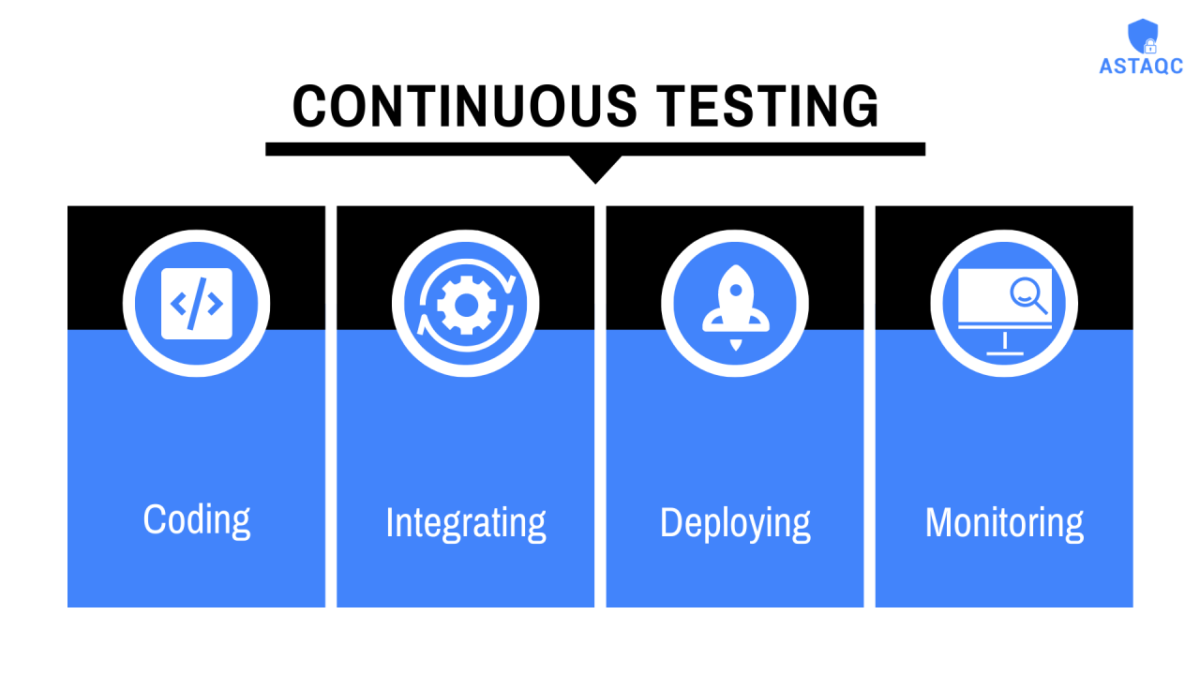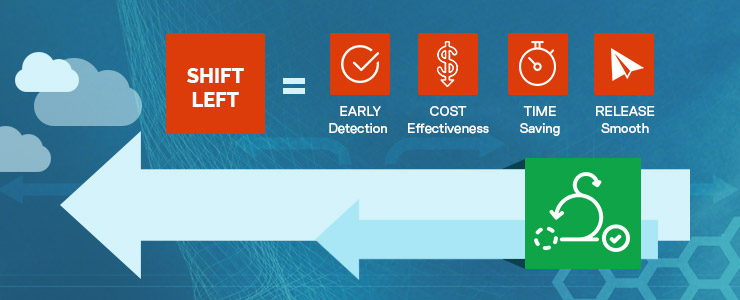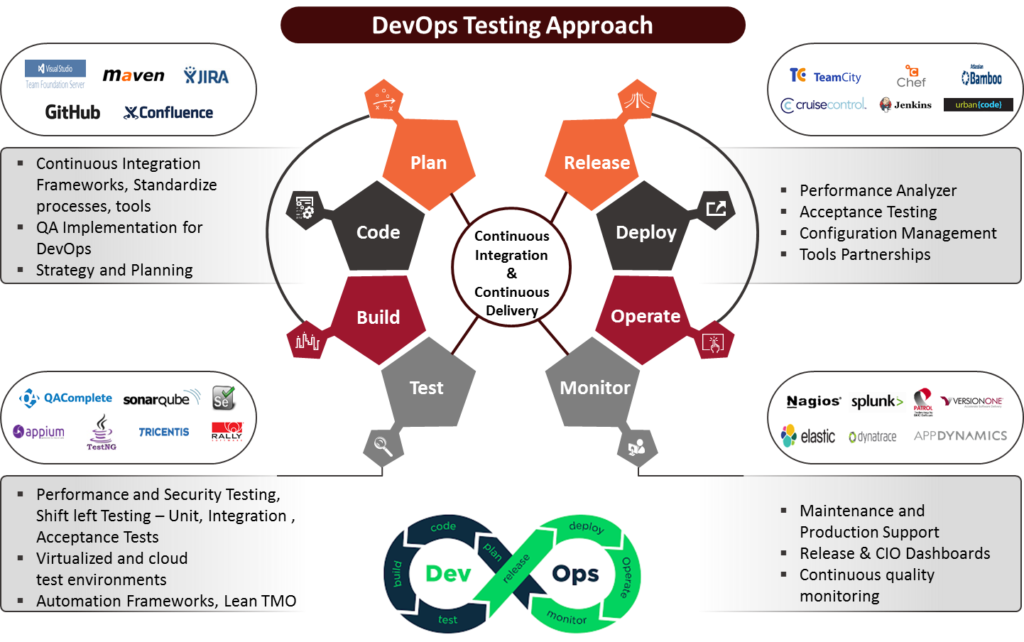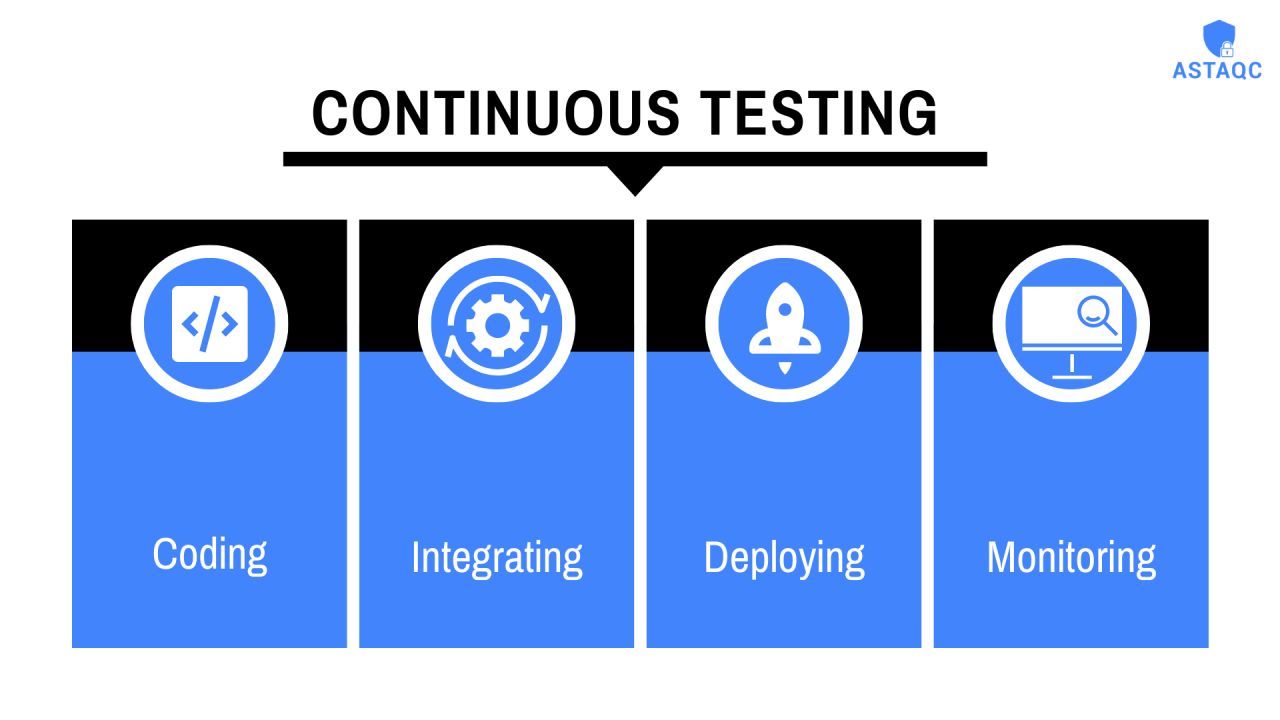
Test coverage plays a pivotal role in software testing, ensuring that all critical aspects of the software or system are thoroughly tested. To achieve effective test coverage, it is crucial to have a well-defined test strategy and plan in place. In this blog, we will explore strategies to ensure comprehensive test coverage and maximize the effectiveness of your testing efforts.
What is test coverage?
Test coverage refers to the extent to which the software or system has been tested. It measures the percentage of requirements, functionalities, or code that has been exercised by the test cases. Test coverage helps identify gaps in testing and ensures that all critical areas are adequately tested.
How can you ensure effective test coverage?
To ensure effective test coverage, consider the following strategies:
a. Identify key functionalities and risks: Begin by identifying the key functionalities and critical areas of the software that require thorough testing. This includes features that are critical for the software’s core functionality or have a high impact on end-users. Also, consider potential risks such as complex algorithms, integrations, or areas prone to defects.
b. Prioritize test cases: Prioritize test cases based on the identified key functionalities and risks. Assign higher priority to test cases that cover critical areas and functionalities, ensuring that they are thoroughly tested. This helps allocate testing efforts efficiently and focus on the most important areas of the software.
c. Consider boundary conditions: Test cases should cover both normal and boundary conditions. Boundary conditions are the edges or limits of valid input values or system behaviors. Testing these conditions helps uncover potential defects that may occur when the software operates at the limits of its specified parameters.
d. Use equivalence partitioning and decision table techniques: Equivalence partitioning involves dividing input values into equivalence classes to minimize redundant testing. Similarly, decision table technique helps cover various combinations of conditions and corresponding actions. Applying these techniques helps optimize test coverage while reducing the number of test cases required.
e. Leverage requirement-based testing: Align your test cases with the specified requirements or user stories. Each test case should address a specific requirement or feature, ensuring that all requirements are adequately tested. This helps validate that the software meets the desired functionality as outlined in the requirements documentation.
f. Employ risk-based testing: Prioritize testing based on identified risks. Evaluate the potential impact and likelihood of risks occurring and allocate testing efforts accordingly. This approach ensures that critical risks are mitigated through thorough testing.
g. Leverage automation tools: Test automation can significantly enhance test coverage, especially for repetitive or time-consuming test cases. Automated testing allows for efficient execution of a large number of test cases, enabling comprehensive coverage within shorter timeframes.
How do you measure test coverage?
Test coverage can be measured by tracking the progress of test cases executed against the total number of test cases planned. It can also be measured using code coverage tools that analyze the percentage of code executed during testing. These tools provide insights into areas of the software that may require additional testing.
Conclusion:
Effective test coverage is essential to ensure comprehensive testing and the delivery of high-quality software. By following strategies such as identifying key functionalities and risks, prioritizing test cases, considering boundary conditions, and leveraging requirement-based and risk-based testing approaches, organizations can achieve thorough test coverage. Additionally, the use of automation tools can further optimize test coverage and increase testing efficiency. By employing these strategies, you can maximize the effectiveness of your testing efforts, mitigate risks, and deliver software solutions that meet the highest quality standards.
More Related Blog

Continuous Testing and Its Role in the Software Development Cycle
Change is the only constant –this is an often repeated adage. It is equally applicable to the software development cycle. In today’s competitive market where everyone is short on time. Clients and customers are impatient to get results. Business houses … Continue reading "Achieving Comprehensive Test Coverage: Strategies for Effective Testing"...
Read More
What is “Shift Left”? 2024 Shift Left Testing Explained
Shift left testing is the practice where testing is introduced at the inception stage of software development. Here, the teams emphasize on prevention rather than detection and aim to enhance the overall quality of the software....
Read More
Agile and DevOps development Model is an Incremental Process (Updated JAN 2024)
Agile methodology is widely adopted in almost all the enterprises, its advantages and the agility it brings to software and product development process is widely recognized. Organizations are now on the path to adopt DevOps, which is a step in … Continue reading "Achieving Comprehensive Test Coverage: Strategies for Effective Testing"...
Read More
